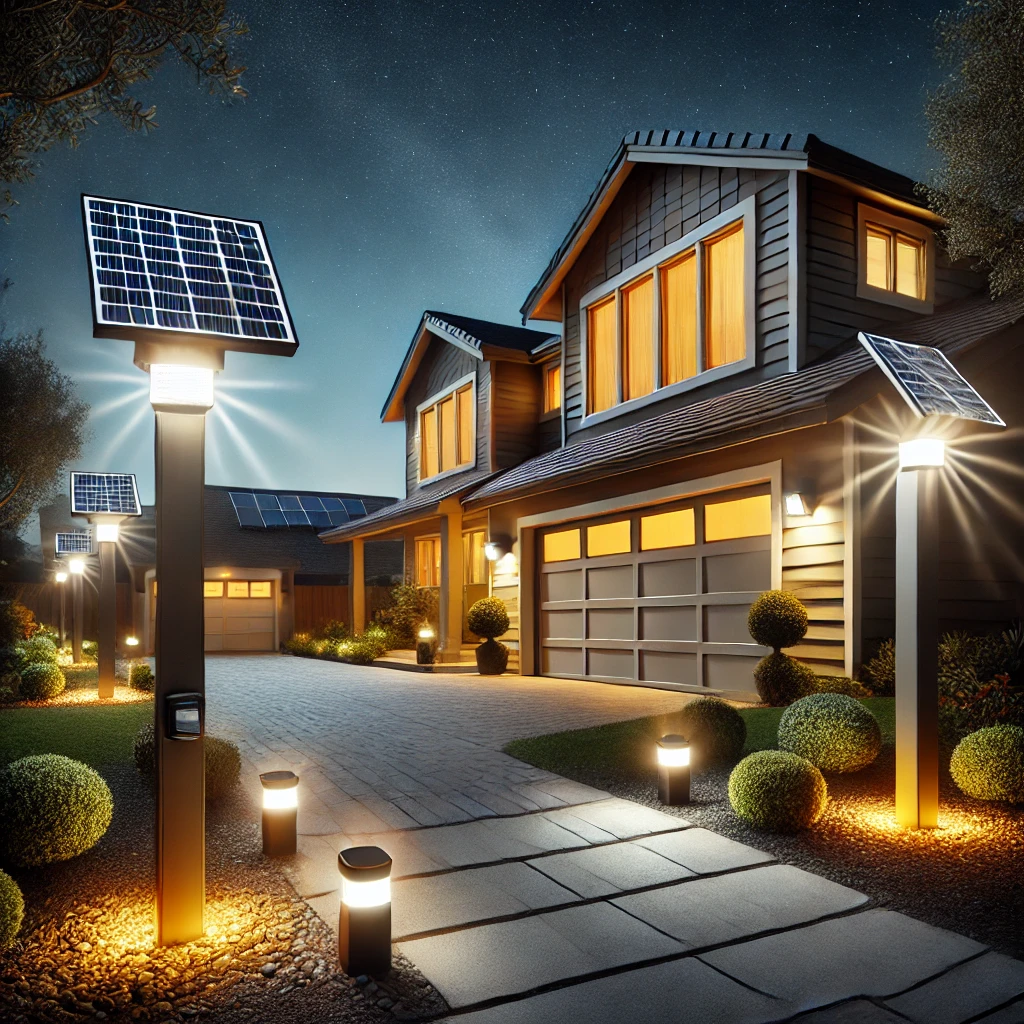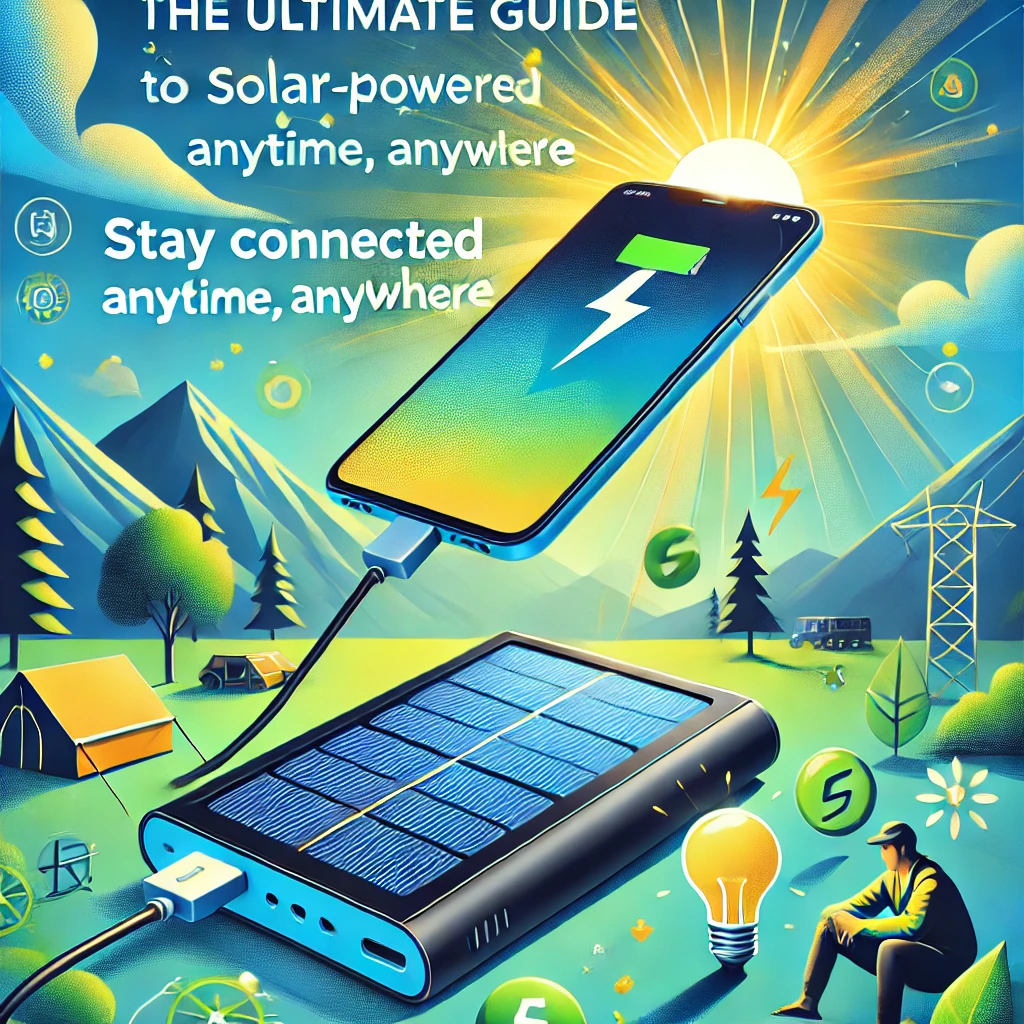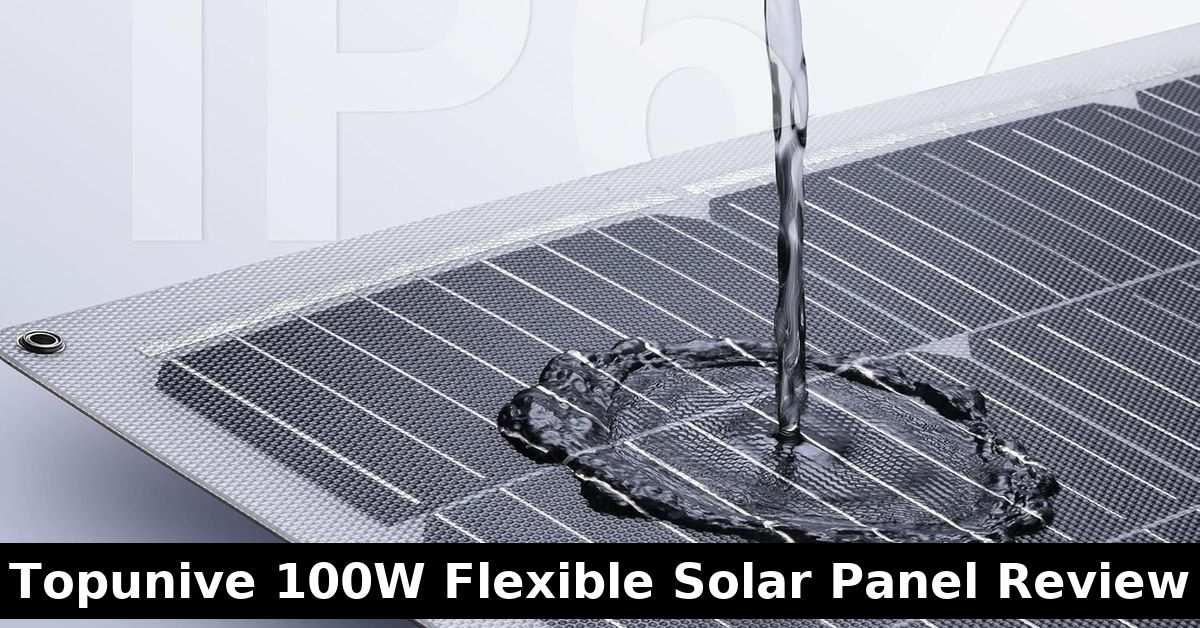Introduction
In an age where environmental consciousness and energy independence are more important than ever, solar powered generators have emerged as a game-changing solution for clean, renewable backup power. Whether you’re preparing for emergencies, planning an off-grid adventure, or simply looking to cut down on electricity bills, these eco-friendly devices offer a reliable and sustainable alternative to traditional gas-powered generators.
In this comprehensive guide, we’ll explore what solar generators are, how they work, the different types available, their benefits, key features to look for, and a breakdown of the best use cases. By the end, you’ll be equipped with all the knowledge needed to make an informed purchase and transition to solar power with confidence.
What Is a Solar Powered Generator?
A solar powered generator is a portable or stationary system that captures energy from the sun using solar panels and stores it in a built-in battery for later use. Unlike gas or diesel generators, solar generators operate silently, emit no fumes, and rely solely on sunlight — a renewable and inexhaustible source of energy.
Components of a solar generator system typically include:
- Solar Panels – Capture sunlight and convert it into electricity.
- Charge Controller – Regulates the voltage and current from the solar panels to the battery.
- Battery (Lithium or Lead-acid) – Stores the energy for use when needed.
- Inverter – Converts the stored DC power into AC power that household appliances can use.
How Does a Solar Generator Work?
The process can be broken down into four main steps:
- Solar Collection: Solar panels absorb sunlight and convert it into DC (Direct Current) electricity.
- Energy Regulation: A charge controller ensures that the electricity sent to the battery is stable and within safe voltage levels.
- Energy Storage: The electricity is stored in a rechargeable battery, typically lithium-ion due to its efficiency and lifespan.
- Power Conversion: The inverter transforms the DC power into AC electricity, which is compatible with most home appliances and electronics.
The system can operate independently from the grid, making it ideal for off-grid cabins, RVs, boats, camping, and emergency preparedness.
Benefits of Solar Powered Generators
Switching to a solar powered generator offers numerous advantages:
1. Eco-Friendly Energy Source
Solar generators produce zero emissions and rely entirely on renewable energy, reducing your carbon footprint and promoting sustainable living.
2. Cost-Effective in the Long Run
Although the upfront cost can be significant, you save money over time by eliminating fuel costs and reducing grid electricity usage.
3. Low Maintenance
With fewer moving parts compared to gas-powered generators, solar generators require minimal maintenance, often just cleaning the panels and checking connections.
4. Quiet Operation
Solar generators operate silently, making them ideal for residential use, campsites, or environments where noise pollution is a concern.
5. Portable and Versatile
Many solar generators are designed to be lightweight and portable, making them perfect for outdoor activities, travel, and mobile power needs.
6. Emergency Backup Power
In case of power outages, a solar generator can keep your essential devices — like phones, fridges, CPAP machines, and lights — running smoothly.
Types of Solar Powered Generators
1. Portable Solar Generators
These compact units are ideal for camping, RV trips, tailgating, or charging small appliances during emergencies. They usually range from 150Wh to 2000Wh in capacity.
Popular models: Jackery Explorer Series, EcoFlow River Series, Bluetti EB Series.
2. Whole-Home Solar Backup Systems
Larger solar generators can power entire homes or critical loads for extended periods. They often come with expandable battery storage and high-capacity inverters.
Popular models: Bluetti EP500 Pro, Goal Zero Yeti 6000X, EcoFlow Delta Pro.
3. Solar Generator Kits
These include solar panels, batteries, and inverters bundled together — ideal for DIY solar enthusiasts or off-grid applications like cabins and tiny homes.
Key Features to Look for in a Solar Powered Generator
When shopping for the right solar generator, consider these essential features:
1. Battery Capacity (Wh)
The higher the capacity, the longer the generator can run your devices. Choose based on your power consumption needs.
- Light Use (phones, lights): 200–500Wh
- Moderate Use (laptops, small appliances): 500–1500Wh
- Heavy Use (refrigerators, power tools): 1500Wh and above
2. Power Output (W)
The inverter rating determines how much power can be delivered at once. Make sure it can handle your most power-hungry devices.
- Pure sine wave inverters are preferred for sensitive electronics.
3. Recharge Options
Check how the generator can be charged:
- Solar Panels
- Wall Outlet (AC)
- Car Port (DC)
The faster and more flexible, the better.
4. Portability
Look for ergonomic handles, wheels, and compact design if you plan to move it frequently.
5. Expandable Battery Packs
Some systems allow you to add more battery modules, providing future-proof scalability.
6. App Monitoring
Modern generators offer Bluetooth or Wi-Fi apps for monitoring battery status, input/output, and system health.
7. Durability
Check for weather resistance, especially if you plan to use it outdoors.
Best Use Cases for Solar Generators
✅ Emergency Backup for Homes
A high-capacity solar generator can keep your lights, refrigerator, phones, and medical devices running during a blackout.
✅ Camping & Outdoor Adventures
Bring power to the wild. Charge phones, power lanterns, run portable fridges, and even cook with electric appliances.
✅ RV and Van Life
Pair with roof-mounted solar panels for a reliable off-grid lifestyle.
✅ Job Sites and Power Tools
Power tools and lights at job sites without relying on noisy gas generators.
✅ Off-Grid Living
A solar generator kit with sufficient solar panels and storage can help you achieve total energy independence.
Solar Generator vs. Gas Generator
| Feature | Solar Generator | Gas Generator |
|---|---|---|
| Fuel Source | Sunlight | Gasoline/Diesel |
| Noise Level | Silent | Loud |
| Emissions | None | CO2, fumes, pollutants |
| Maintenance | Low | High |
| Portability | Higher (especially small units) | Varies |
| Operating Cost | Free (after initial setup) | Ongoing fuel costs |
| Suitability for Indoors | Yes | No (fumes + ventilation needed) |
Top Brands in the Market
1. Jackery
Known for sleek, portable, and user-friendly designs. Great for beginners and campers.
2. EcoFlow
Offers powerful units with rapid charging technology and expandable batteries.
3. Bluetti
Focuses on high-capacity solutions and whole-home backup systems.
4. Goal Zero
Premium pricing with reliable performance, particularly for outdoor and professional use.
Real-World Scenario: Sizing Your Solar Generator
Let’s say you need backup power during outages for the following:
- LED lights (20W) for 5 hours = 100Wh
- WiFi Router (15W) for 6 hours = 90Wh
- Laptop (60W) for 4 hours = 240Wh
- Mini Fridge (80W) for 6 hours = 480Wh
- Smartphone Charging (10W x 3 times) = 30Wh
Total = 940Wh
You’ll want a solar generator with at least 1000Wh capacity and 600W+ output. Something like the Jackery Explorer 1000 or EcoFlow River Pro would be ideal.
Pros and Cons Summary
✅ Pros:
- Environmentally friendly
- Quiet and odorless
- Low operating cost
- Great for off-grid and remote use
- Indoor safe
❌ Cons:
- Higher initial cost
- Solar charging is weather-dependent
- Slower recharging compared to gas
- Limited runtime unless batteries are large
Buying Tips for First-Time Users
- Start small if you’re unsure. A 300–500Wh unit is enough to test the waters.
- Calculate your daily energy needs before purchasing.
- Opt for MPPT charge controllers for better solar efficiency.
- Prioritize brands with good customer support and warranty.
Frequently Asked Questions (FAQs)
Q1. Can I run my refrigerator with a solar generator?
Yes, but make sure the generator has enough capacity (usually 1000Wh or more) and continuous power output (at least 500W).
Q2. How long do solar generators last?
With lithium-ion batteries, expect around 5–10 years of use depending on the charge cycle rating.
Q3. Can I use a solar generator at night?
Yes, as long as the battery is charged during the day, it can power devices overnight.
Q4. Are solar generators waterproof?
Most are not fully waterproof, but many are water-resistant. Always check the IP rating before outdoor use.
Q5. Can I use a solar generator while it’s charging?
Yes, most allow pass-through charging, but performance may vary depending on model.
Final Thoughts
As more people seek cleaner energy alternatives and greater independence from the grid, solar powered generators are fast becoming a mainstream solution for sustainable backup power. With advancements in battery technology, inverter efficiency, and portability, there’s never been a better time to invest in one.
Whether you’re a weekend camper, an off-grid explorer, or a homeowner preparing for emergencies, a solar generator provides peace of mind and an eco-friendly way to keep the lights on — no matter what.




